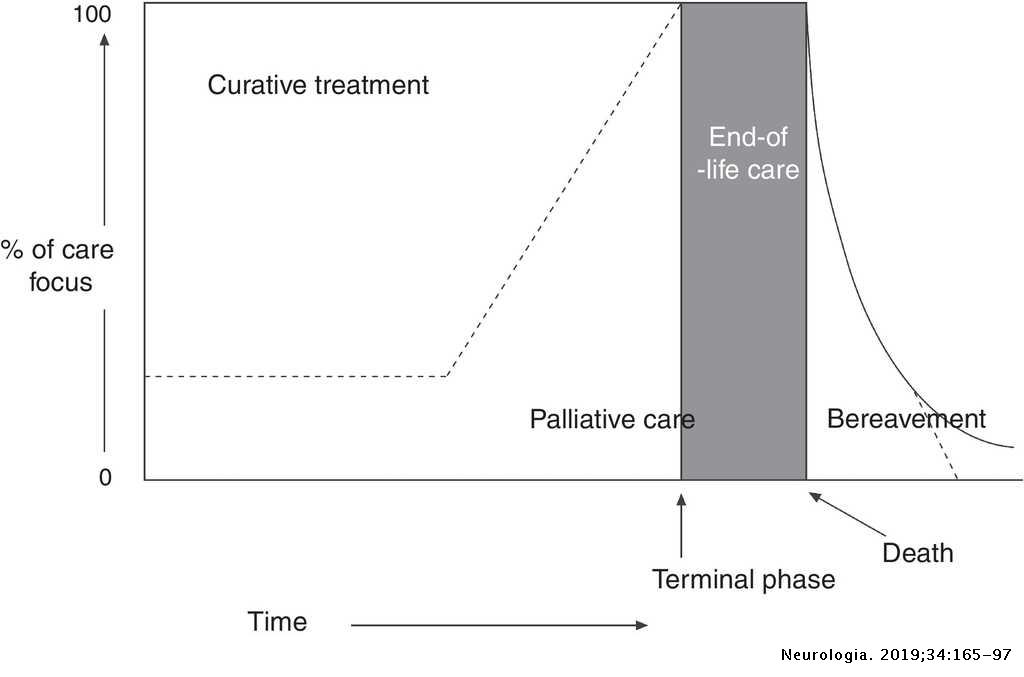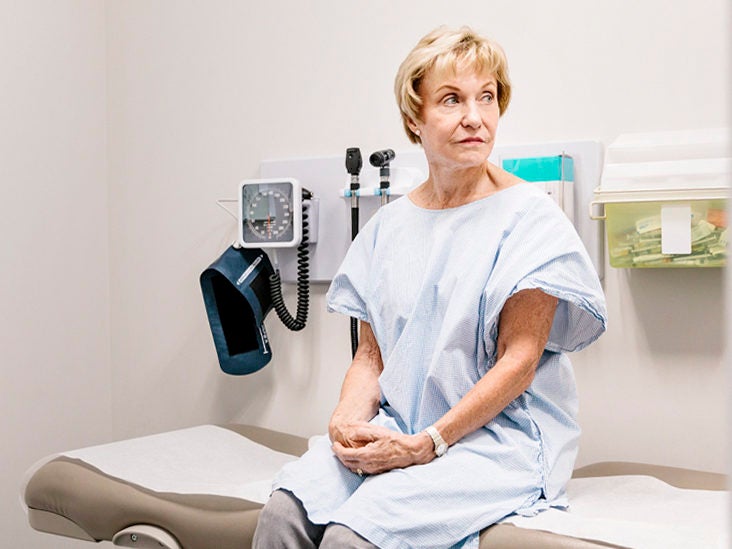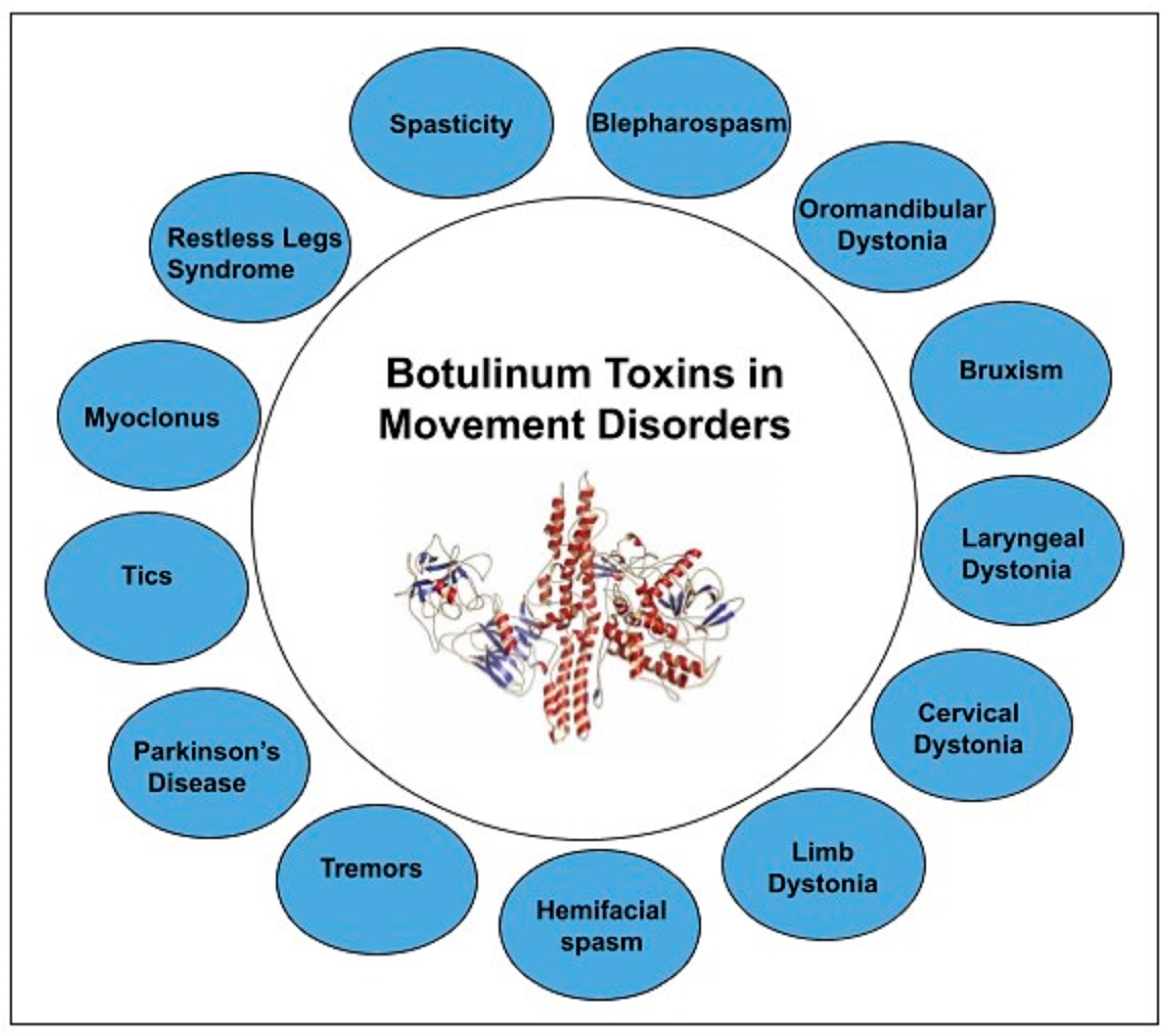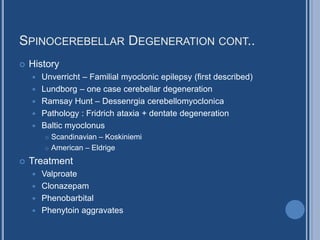myoclonic jerking end of life treatment
Alternatively it may signal non-organic illness 8 of myoclonus is. Myoclonus may be caused by a variety of underlying problems.

Guidelines For Seizure Management In Palliative Care Proposal For An Updated Clinical Practice Model Based On A Systematic Literature Review Neurologia English Edition
The review of clinical and neurophysiological findings suggests that myoclonus after hypoxia manifests in one or a combination of distinct syndromes.

. Anti-seizure drugs dont always work. It tends to occur frequently at the end stage of cancer. A patient may wish to receive all possible treatments only some treatments or no treatment at all in the last days of life.
Myoclonic jerks may be caused by taking very high doses of opioids for a long time. Myoclonus can begin in childhood or adulthood with symptoms ranging from mild to severe. However in some instances the kidneys are not involved.
Myoclonus the uncontrollable twitching and jerking of muscles or muscle groups usually occurs in the extremities starting with only an occasional random jerking movement. Myo means muscle and clonus KLOH-nus means rapidly alternating contraction and relaxationjerking or twitchingof a muscle. In many cases people are treated by.
Evidence and Experience online now exclusively on JAMAevidence. The movement problems associated with AMRF syndrome typically begin with involuntary rhythmic. Sudden involuntary muscle movements called myoclonic jerks and the loss of reflexes in the legs and arms are additional signs that death is near.
Myoclonus can afect movement and severely limit a persons ability to eat talk or walk. Medication may be given to minimize jerking or twitching at the end of life and improve sleep. The twitching cannot be stopped or controlled by the person experiencing it.
Treatment of myoclonic seizures can be difficult. Stahl1 HassanIAhmad2 JamesENovak3 1School of Medicine Wayne State University Detroit MI USA 2Department of Medicine Henry Ford Hospital Detroit MI USA 3Division of Nephrology and Hypertension Henry Ford Hospital Detroit MI USA Corresponding author. Doctors often separate the types of myoclonus based on their causes which helps determine treatment.
Myoclonus is a brief less than half a second contraction involving agonist and antagonist muscles leading to a sudden jerk. If myoclonus is affecting daily life or it occurs with other symptoms a doctor can recommend a range of treatment options. Myoclonus refers to sudden brief involuntary twitching or jerking of a muscle or group of muscles.
Post-hypoxic myoclonus PHM refers to myoclonus occurring after hypoxic brain injury resulting from a cardiac arrest characterised by abrupt irregular contractions of muscles that may be focal or generalised. It describes a clinical sign and is not itself a disease. The 33-year-old exhibited dramatic resolution of her myoclonus by the end of the treatment.
Myoclonus is not painful but the abrupt onset of these uncontrollable muscle spasms can be distressing. Treatment options for these two distinct clinical-neurophysiologic post-hypoxic myoclonus syndromes were approached differently. Action myoclonusrenal failure AMRF syndrome causes episodes of involuntary muscle jerking or twitching myoclonus and often kidney renal disease.
Chronic also known as Lance-Adams syndrome refers to myoclonus. Myoclonus and can be one of many signs indicating a wide variety of underlying disorders in the brain or nerves secondary to certain medical conditions or can be a reaction to certain types of medication. The 22-year-old developed bradycardia prompting discontinuation of methylprednisolone and clonazepam.
In the case of opioid-induced myoclonus rotation to a different opioid may help. Action myoclonus renal failure AMRF syndrome typically comprises a continuum of two major and ultimately fatal manifestations. Neurologic manifestations can appear before simultaneously or after the renal manifestations.
Choices about care and treatment at the end of life should be made while the patient is able to make them. Summary Myoclonus or sudden muscle jerks can result from various issues. A patients spouse may be the first to recognize this symptom.
It may be a normal phenomenon as in the so-called sleep starts. Treatment consists of correction of the underlying cause and symptomatic treatment of the myoclonus. If the offending agent is a non-essential medication it should be discontinued.
Benzodiazepines are the primary symptomatic treatment at end-of-life. Morphine-induced Myoclonus in a Patient with End-stage Renal Disease VictoriaL. Acute andor chronic myoclonus.
Myoclonus can occur with all routes of administration. She had modest improvement after completing IVIG but by discharge had near complete resolution of her myoclonus. Usually they dont last more than a second or two.
Progressive myoclonic epilepsy PME and renal failure. Care that supports a patients spiritual health may. Myoclonic MY-o-KLON-ik seizures are brief shock-like jerks of a muscle or a group of muscles.
When pathological myoclonus is a symptom of a broad range of neurological and systemic diseases. When myoclonic jerking is severe drugs may be used to calm the patient down relieve anxiety and help the patient sleep. Thats because other types of seizures and related conditions often are part of a more complex diagnosis.
Acute starts within 48 hours after a cardiac arrest. Other symptoms include hallucinations paranoia confusion and disorientation. The main symptoms are agitation myoclonic jerks or twitching irritability and impaired consciousness.
Types of myoclonus include the following categories. Tese types of myoclonus are called. Read chapter 31 of Care at the Close of Life.
This type of myoclonus occurs in normal healthy people and rarely needs treatment. Terminal agitation or restlessness can be defined as agitated delirium with cognitive impairment. Although the condition name refers to kidney disease not everyone with the condition has problems with kidney function.
JAMAevidence is a subscription-based resource from McGraw Hill and JAMA that features trusted content from the best minds in medicine. Myoclonus is characterized by sudden brief shock-like involuntary movements associated with bursts of muscular activity positive myoclonus or silencing of muscular activity negative myoclonus It may be present at rest during voluntary movement action-induced or due to provoking stimuli such as sensory visual auditory or emotional cues. Choices about care and treatment at the end of life should be made while the patient is able to make them.

Myoclonic Seizures Medlink Neurology

Safety And Effectiveness Of Palliative Drug Treatment In The Last Days Of Life A Systematic Literature Review Journal Of Pain And Symptom Management

Terminal Restlessness And Hospice Patients A Guide

Pdf An Update And Review Of The Treatment Of Myoclonus

Myoclonic Seizures Causes Symptoms Diagnosis Treatment

Drugs Often Useful In The Treatment Of Post Hypoxic Myoclonus 3 4 Download Table

Myoclonus Causes Types And Treatment

Myoclonic Seizures Medlink Neurology
:max_bytes(150000):strip_icc()/overview-of-myoclonic-epilepsy-4175105_final-294e31312f174513a65079058ebb40fb.png)
Myoclonic Epilepsy Symptoms Causes Diagnosis And Treatment

Propriospinal Myoclonus Clinical Reappraisal And Review Of Literature Abstract Europe Pmc

Toxins Free Full Text Botulinum Toxin In Movement Disorders An Update Html
Myoclonic Seizures Medlink Neurology

Pdf An Update And Review Of The Treatment Of Myoclonus
/photosensitive-epilepsy-symptoms-causes-diagnosis-and-treatment-4686346-FINAL-69c066727f7b42b495249c25fb23c292.jpg)
Photosensitive Epilepsy Symptoms Causes And Treatment

Guidelines For Seizure Management In Palliative Care Proposal For An Updated Clinical Practice Model Based On A Systematic Literature Review Neurologia English Edition

Guidelines For Seizure Management In Palliative Care Proposal For An Updated Clinical Practice Model Based On A Systematic Literature Review Neurologia English Edition

Drugs Often Useful In The Treatment Of Post Hypoxic Myoclonus 3 4 Download Table

